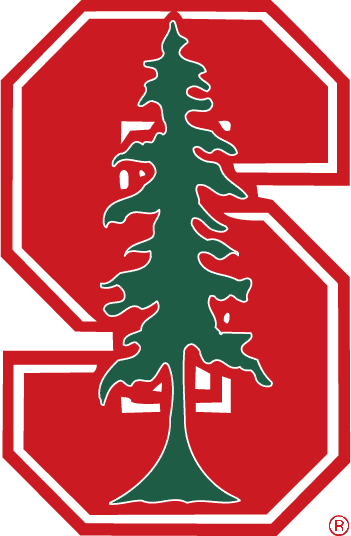What Do Scientists Actually Do?
Web link opens in a new tab; file link initiates download.
Some of the greatest scientific discoveries in history came about when scientists diverged from the traditional linear scientific method we find in almost every textbook, such as Alexander Fleming’s accidental discovery of the remarkable antibiotic qualities of penicillin. This lesson plan will introduce students (grades 9-12) to the complexity and variety of scientific methods and to the key characteristics of science that distinguish it from other disciplines. Students will read detailed narrative accounts of multiple real-world scientific research processes and will learn to identify what distinguishes this work as scientific and to trace the unique pathway this researcher(s) took. This lesson is intended to be used at the beginning of any upper level science class to introduce the nature and methods of science. After completing the lesson, students will be able to 1) distinguish between scientific and non-scientific questions, claims and methods and 2) trace the progression of a scientific research project through the various components of scientific methods. A more nuanced understanding of the characteristics and methods of science will enhance students’ lab skills and make them more thoughtful, critical consumers of science in daily life.

